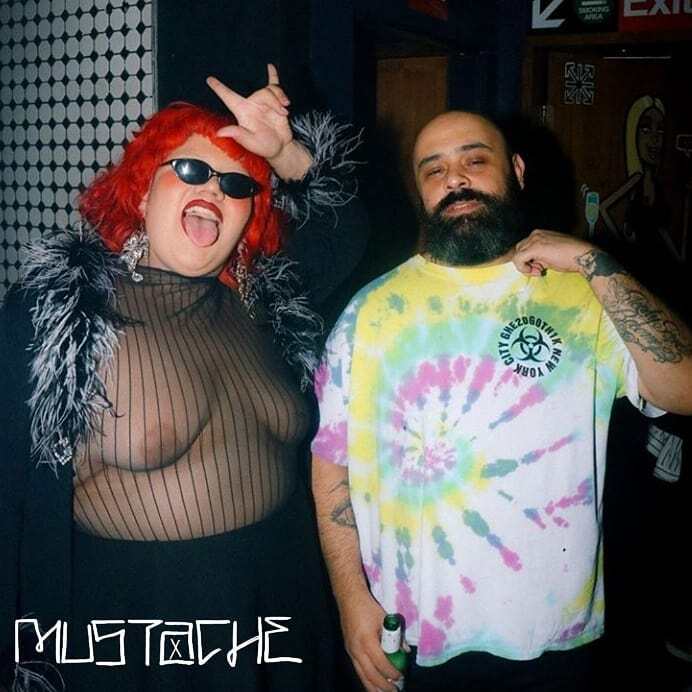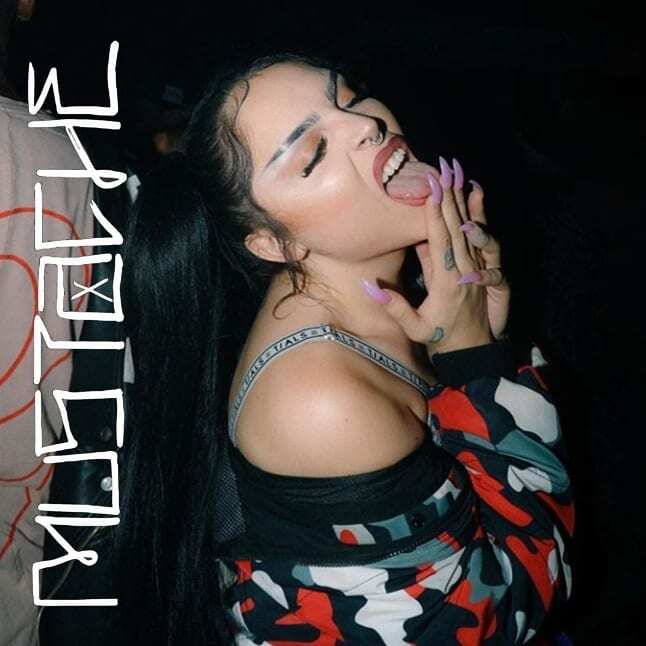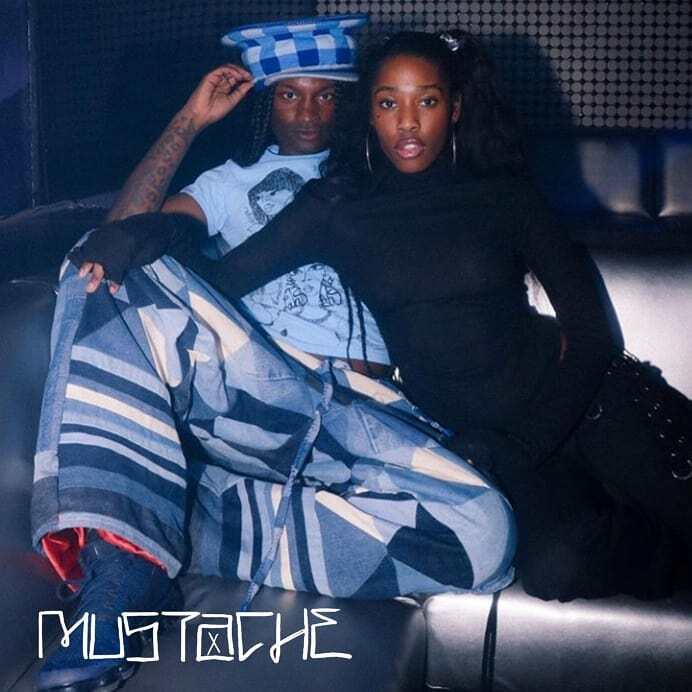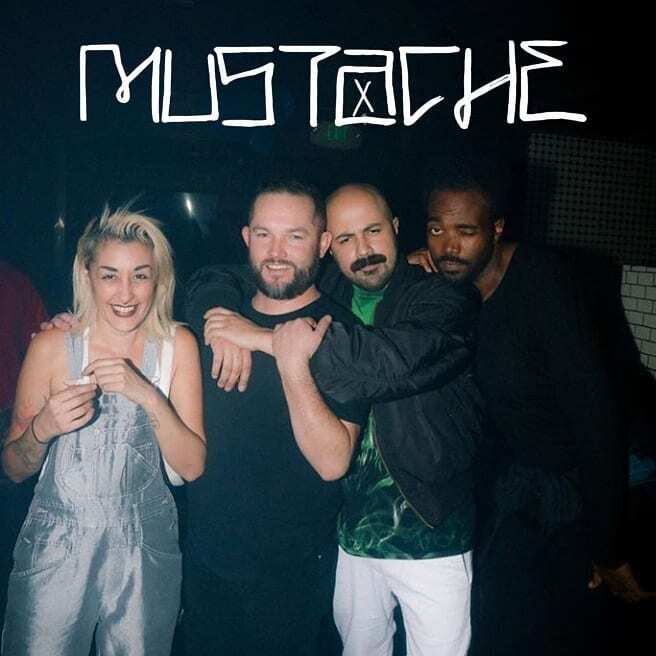Mustache Mondays: Documentary Wants Your Photos of L.A. Gay Nightlife in the 2000s

Update: This post has been updated to reflect a partnership with ONE Archives at USC Libraries.
For some artists in the early aughts, the first day of the work week were officially Mustache Mondays, a weekly event held at nightclubs throughout downtown. Originally started at Crash Mansion, Mustache — as it was informally called later — partied at Club 740, La Cita and Lash. For one night a week, an LGBTQ+ community crossing all genders, race, and socioeconomic boundaries came together to express themselves, to find a sense of belonging and to shed the shackles of everyday life.
In an appreciation he penned on the passing of Mustache Mondays founder Ignacio "Nacho" Nava, Jr., afrofuturist Marcus Anthony Brock paints a picture of Mustache at La Cita as a kind of pilgrimage for creatives and LGBTQ+ folks. Brock spoke of highly creative people who infused the scene with unrivaled vitality and color. "Mustache Mondays, was and is everything," wrote Brock, "There isn't enough space here to name the people who graced that stage, burnt it down, and filled that space to the brim with a queer reckoning like no other in Los Angeles at the time."












Brock may not have had the space, but this documentary from "Artbound" seeks to tell the unflinching story of Mustache Mondays and its underlying social activism, which inspired a generation of Queer cultural producers — a generation that today is reshaping the contemporary art world's contours — from creative director Franc Fernandez who later designed Lady Gaga's infamous meat dress to dancer Ryan Heffington who choreographed music videos for Arcade Fire and Sia.
This fall, Emmy® award-winning arts and culture series "Artbound" explores the nightlife of the multicultural Queer community in the 1990s and the impact it had on a larger society, and we can't do it without your help.
We are seeking for anyone who attended Mustache Mondays and would like to share their photos or videos of this pivotal time in Los Angeles nightlife. Your contributions may be used in our upcoming documentary and any information submitted will also be shared with the ONE Archives at USC Libraries to further their mission of collecting, preserving and making LGBTQ historical materials more accessible while promoting new scholarship on and public awareness of queer histories.
If you or anyone you know would be interested, please submit using the button below and a member of the "Artbound" production team will be in touch.
Thank you for your participation.




